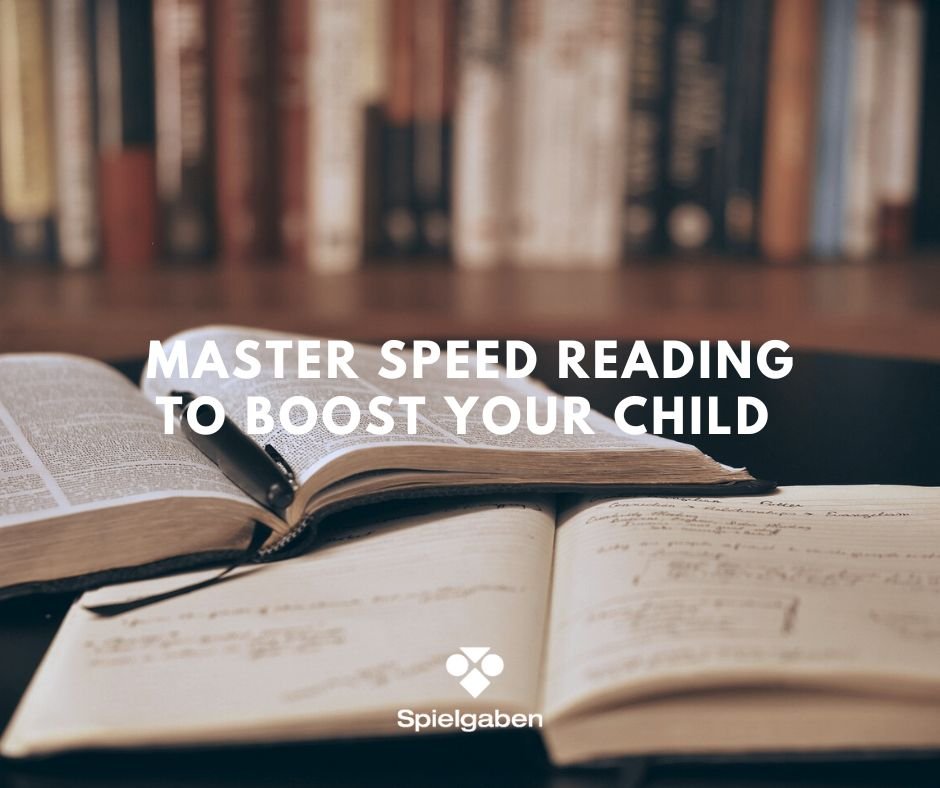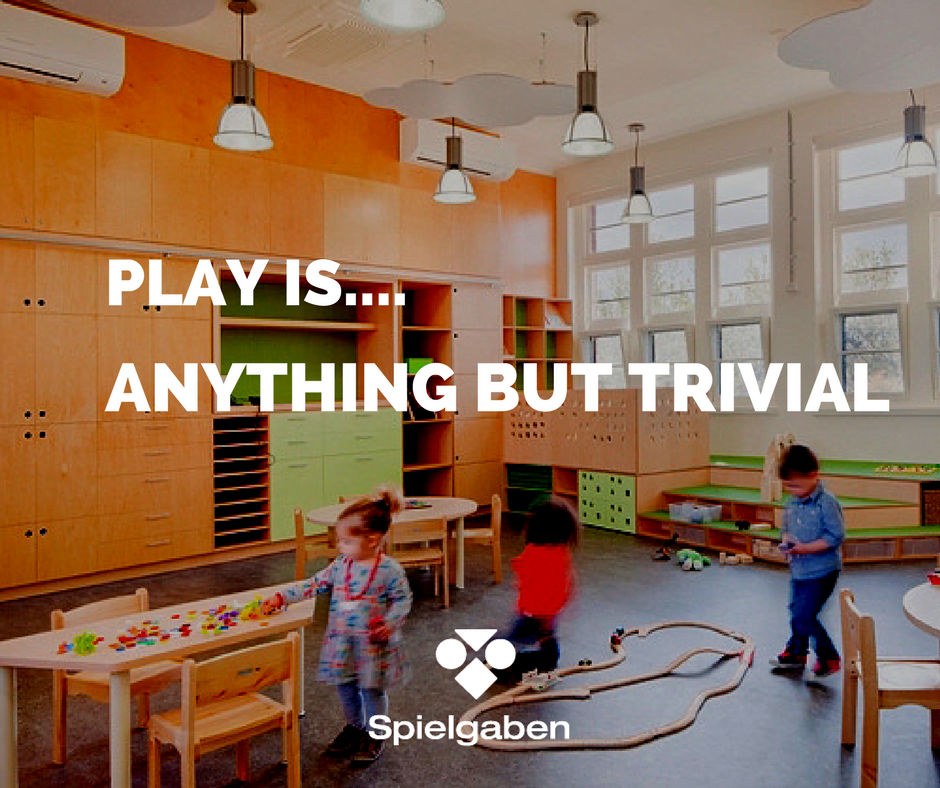Master Speed Reading to Boost Your Child’s Comprehension and Retention
Your child’s eyes and brain are simply extraordinary. The sheer volume of information they absorb from a simple glance, from the subtleties of a natural scene to the clutter of a study desk, is immense. Yet this seamless processing of visual stimuli contrasts sharply with the effort required to decode and comprehend written text. With over 80 percent of sensory information received through sight, it’s clear that eyes, in concert with the brain, aren’t just mere observers but powerful interpreters of the world.
In this article, you’ll learn strategies that will revolutionize your child’s reading skills. You’ll learn how to prepare your child before diving into a text, setting the stage for more effective reading and studying sessions, and discover methods to significantly increase the number of words your child can read in a minute, making their reading speed soar and improving school performance drastically. Additionally, you’ll explore ways to enhance your child’s comprehension, ensuring they can breeze through content while also understanding and remembering it.
Interested? Then let’s dive in and open the door to reading much faster and learning smarter.
Shaping Your Expectations with Effective Pre-Reading Strategies
Approaching reading with a specific goal activates the brain’s goal-seeking mechanism, sharpening focus and enhancing comprehension. Whether your aim is mastering a new skill or acing an exam, identifying this purpose gears up different regions of your child’s brain, zeroing in on relevant information and filtering out the noise to spotlight what’s important.
Consider the practice of previewing material before diving in deep. This is like exploring a new city before settling down – a strategy that unveils the layout and primes expectations. As your child glances through the titles, subtitles, and highlighted texts in a book, they’re not just skimming; they’re constructing a mental framework for the detailed exploration that lies ahead.
For practice, try previewing some diverse reading materials. By examining titles, introductions, and summaries without delving into the full text, they train their brain to anticipate and structure the information, making the actual reading smoother and more intuitive.
But remember, not all reading requires the same approach. Different materials demand different speeds and levels of engagement. A novel may invite a leisurely pace, allowing for immersion in its world, while a textbook requires slow, deliberate attention to grasp complex information. Adjusting their reading style based on the material’s nature and objectives optimizes both enjoyment and the efficiency of learning.
Help your child experiment with altering their reading pace and focus across various texts. This should make them proficient in shifting gears, ensuring they can navigate through dense academic texts with the same ease as through light magazine articles, enriching their reading experience with flexibility and depth.
When you help your child incorporate these practices into their reading routine, it will be transformed from a passive activity into an active journey of knowledge discovery. By setting a purpose, previewing the learning path, and adapting their reading style, your child unlocks a more fulfilling and effective way to engage with the written word, making every reading session a step toward achieving their study goals with ease.
Transforming Your Child’s Reading Speed with 3 Fundamental Strategies
Have you ever wondered how some people can breeze through books and articles at a much faster speed and yet still grasp every concept? It’s not because they are geniuses but because they’re using speed-reading techniques. Let’s turn our attention to three techniques that could dramatically increase how quickly your child reads, without sacrificing understanding.
1. Chunking
This builds on the principle of looking at groups of words as if they were a single unit. Imagine looking at a sentence not word by word but in sections or phrases. This approach helps pick up the meaning of multiple words with just one glance. For practice, find a text and start by looking at small groups of words together, moving eyes from one group to the next quickly. This technique will help your child absorb larger chunks of information at a speed that traditional word-by-word reading just can’t match.
After some practice, your child will start reading multiple times faster than before and yet remembers all the core concepts and information.
2. Tackling Subvocalization
Subvocalization is the habit of silently pronouncing each word in the head during reading. It’s a common practice, but it ties reading speed to how fast your child can “speak” in their mind. To break away from this habit, first, ask your child to try reading with their mouth firmly closed. This simple action can help reduce the urge to subvocalize. Then, ask them to push themselves to read at a speed that’s too fast for subvocalizing. If they find it challenging, humming or listening to music without lyrics can occupy the part of their brain that wants to vocalize, allowing them to focus purely on visual information intake.
3. Insightful Reading
Imagine your child just closed a book after reading a full chapter. Do they remember the main concepts and principles presented? If they are like most students, they move on too quickly, forgetting to embed this knowledge deeper into their memory.
To truly retain what has been read, engage in a simple but powerful exercise: pause and recall the key points without peeking back at the text or notes. This process, which might seem challenging at first, gradually trains your child’s brain to hold on to the rich details of the reading material.
After trying to remember as much as they can, ask them to go back to the text and compare their recollections with the actual content. They might be surprised at how much they remember correctly but also at what they might have missed or remembered inaccurately.
This step enhances their memory and ensures that what they have read sticks with them for much longer.
By integrating these three powerful strategies into your child’s study routine, they improve their reading efficiency and deepen their comprehension and enjoyment of the material. Each element plays a significant role in transforming their reading from a passive activity into an engaging, enriching experience that will stay with them long after they have turned the final page.
Summary
Your child’s eyes and brain are capable of processing vast amounts of information effortlessly. This natural efficiency can be harnessed to revolutionize reading skills.
First, the practice of previewing the material before diving in deep is essential. As your child glances through the titles, subtitles, and highlighted texts in a book, they are not just skimming; they are constructing a mental framework for the detailed exploration that lies ahead and preparing themselves for what’s to be read and learned.
Then, applying three techniques to their main study sessions can significantly increase your child’s reading speed, transforming reading from a laborious task into a fluid and effortless experience. Techniques like chunking, reducing subvocalization, and insightful reading are key to this transformation.
By mastering these strategies, your child will not only read faster but also retain and comprehend more, paving the way for academic success and a lifelong love of learning.













LEAVE A COMMENT